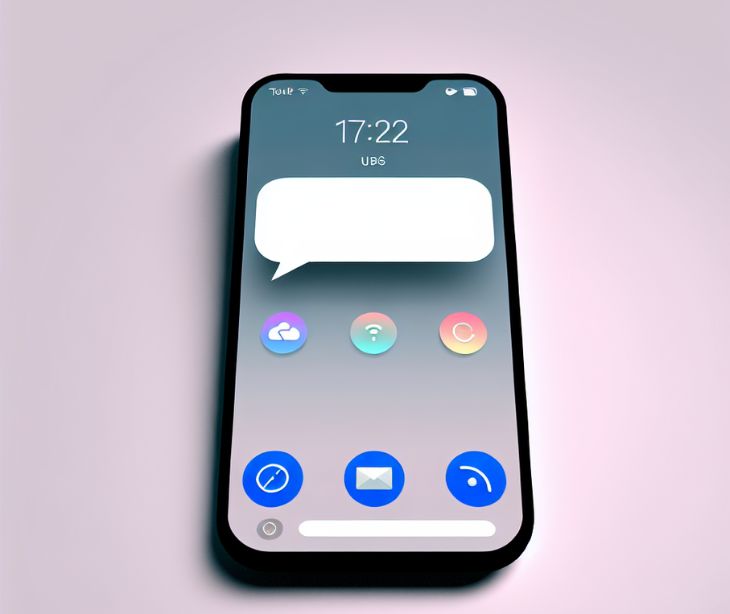
Healthcare organizations can enhance their operations by incorporating external technologies. These technologies offer specialized features, tools, and services that might not be present in their existing communication tools, such as email or text messaging platforms. The integration of these technologies can elevate user experiences, boost efficiency, and refine communication processes, thereby making task execution more streamlined and effective.
Related: Can Salesforce CRM be HIPAA compliant?
Integrate external systems with text messaging platforms
HIPAA compliant text messaging platforms can integrate with other external technology and systems to enhance functionality and extend their capabilities. Many text messaging platforms provide APIs that allow seamless integration with external systems. APIs define a set of rules and protocols for communication between different software applications.
Some text messaging platforms offer webhooks or event triggers, which allow external systems to be notified when specific events occur in the messaging platform. This can include events like messages received, messages sent, user login, or system updates. External systems can then respond to these events and perform actions accordingly.
Related: Guidelines for HIPAA compliant documentation and record retention
Types of external technology
Message encryption: External encryption technologies, like Paubox, can be integrated to provide encryption options for text messages, ensuring that the content remains confidential and protected from unauthorized access.
Data loss prevention (DLP): DLP solutions can be integrated to prevent sensitive information from being shared or leaked through text messages. These technologies can detect and block messages containing sensitive data, such as personal health information (PHI), from being sent outside the secure network.
Mobile device management (MDM): MDM solutions can be integrated to manage and secure mobile devices used for text messaging. This includes features like remote device wiping, enforcing security policies, and ensuring that devices accessing the platform are compliant with security standards.
Compliance monitoring and audit tools: External technologies can be integrated to monitor and audit text messaging activities for compliance with regulations like HIPAA. These tools can track message logs, enforce retention policies, and generate reports for compliance purposes.
Integration with electronic health records (EHR): Text messaging platforms can be integrated with EHR systems, allowing healthcare providers to securely exchange patient information, lab results, and other relevant data within a unified platform.
Secure file sharing: Integration with secure file sharing technologies enables users to securely exchange files and documents alongside text messages, ensuring that sensitive information is protected during transit.
Potential integration risks
Integrating external technologies may introduce security vulnerabilities, especially if the technology has not been thoroughly vetted or doesn't meet the required security standards. This is more prevalent when compatibility issues exist between the text messaging platform and external technologies. Differences in data formats, protocols, or versions can hinder smooth integration, leading to functional disruptions or data inconsistencies.
External technologies may also impact the reliability and performance of the text messaging platform. If the integrated technology experiences downtime or performance issues, it could affect the availability and responsiveness of the messaging platform.
Always have a BAA in place
When a healthcare organization decides to integrate third-party APIs with its text messaging system for HIPAA compliance, it's essential not to overlook the Business Associate Agreement (BAA). This agreement is necessary when dealing with tools that handle Protected Health Information, or PHI. The BAA is a legal safeguard, ensuring that the third-party tool or service provider will handle PHI responsibly and securely. Without this agreement, an organization could potentially breach HIPAA regulations, which could lead to severe consequences.
Subscribe to Paubox Weekly
Every Friday we'll bring you the most important news from Paubox. Our aim is to make you smarter, faster.




